Trump only stayed afloat because banks judged him 'worth more alive to us than dead,' lawyer says

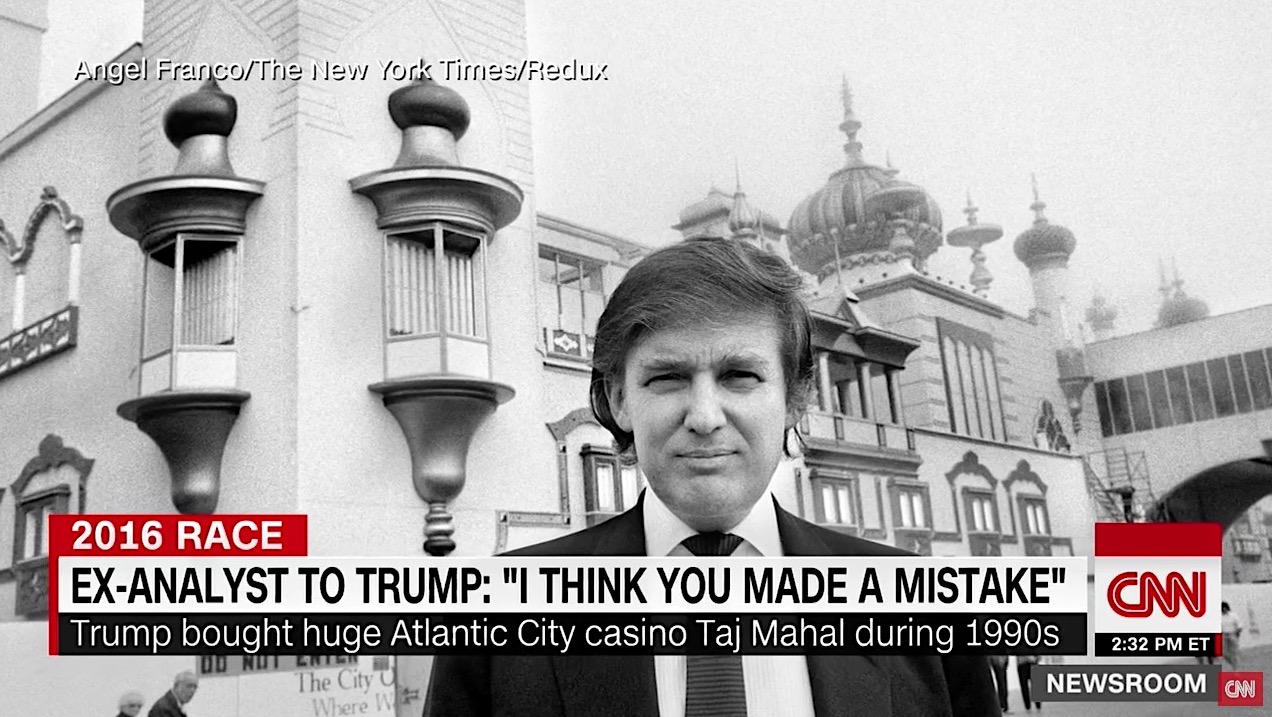
At CNN on Wednesday, Gloria Borger tried to figure out how Donald Trump lost nearly $1 billion in 1995, as declared on a personal tax return leaked to The New York Times. Trump's accountant up until that year, Jack Mitnick, disputes Trump's boasts about his expertise in tax law, and Borger spoke with two people involved in Trump's 1990s collapse who disputed his business acumen. First, she spoke with securities analyst Marvin Roffman, an expert in the Atlantic City casino industry Trump bet big on in the late 1980s and early 1990s.
Donald Trump built two casinos in Atlantic City and then bought the massive Taj Mahal, his biggest gamble ever, Borger explained, and when he called up Roffman to brag about the Taj Mahal deal, Roffman said he told Trump: "'I think you did a great deal, but I think you made a mistake.... Why own three casinos in Atlantic City? How are you going to differentiate the marketing?' And here was his comment: 'Marvin, you have no vision. This is going to be a monster property.'" For Trump to break even, "you'd have to generate a casino win of somewhere over a million dollars day," Roffman explained. "And no casino in the world had ever even come close to anything like that."
When real estate hit a slump in 1990, Trump was in trouble, owing $4 billion to the banks, $1 billion of which he was personally on the hook for. At a rally on Monday, Trump described that market and said: "Some of the biggest and strongest people in companies went absolutely bankrupt. Which I never did, by the way. Are you proud of me? Would have loved to have used that card, but I just didn't want to do it." Alan Pomerantz, a real estate attorney who represented 72 banks Trump owed money to, told Borger that Trump was actually very close to personal bankruptcy in the early '90s, totally overleveraged with the casinos, an airline, a yacht, a helicopter, and a need to maintain his lavish lifestyle. The banks kept him afloat.
The Week
Escape your echo chamber. Get the facts behind the news, plus analysis from multiple perspectives.

Sign up for The Week's Free Newsletters
From our morning news briefing to a weekly Good News Newsletter, get the best of The Week delivered directly to your inbox.
From our morning news briefing to a weekly Good News Newsletter, get the best of The Week delivered directly to your inbox.
"We made the decision that he would be worth more alive to us than dead, dead meaning in bankruptcy," Pomerantz said. "We don't want him to be in bankruptcy, we want him out in the world selling these assets for us." Trump is a great salesman, he added. "We kept him alive to help us." Peter Weber
A free daily email with the biggest news stories of the day – and the best features from TheWeek.com
Peter has worked as a news and culture writer and editor at The Week since the site's launch in 2008. He covers politics, world affairs, religion and cultural currents. His journalism career began as a copy editor at a financial newswire and has included editorial positions at The New York Times Magazine, Facts on File, and Oregon State University.
-
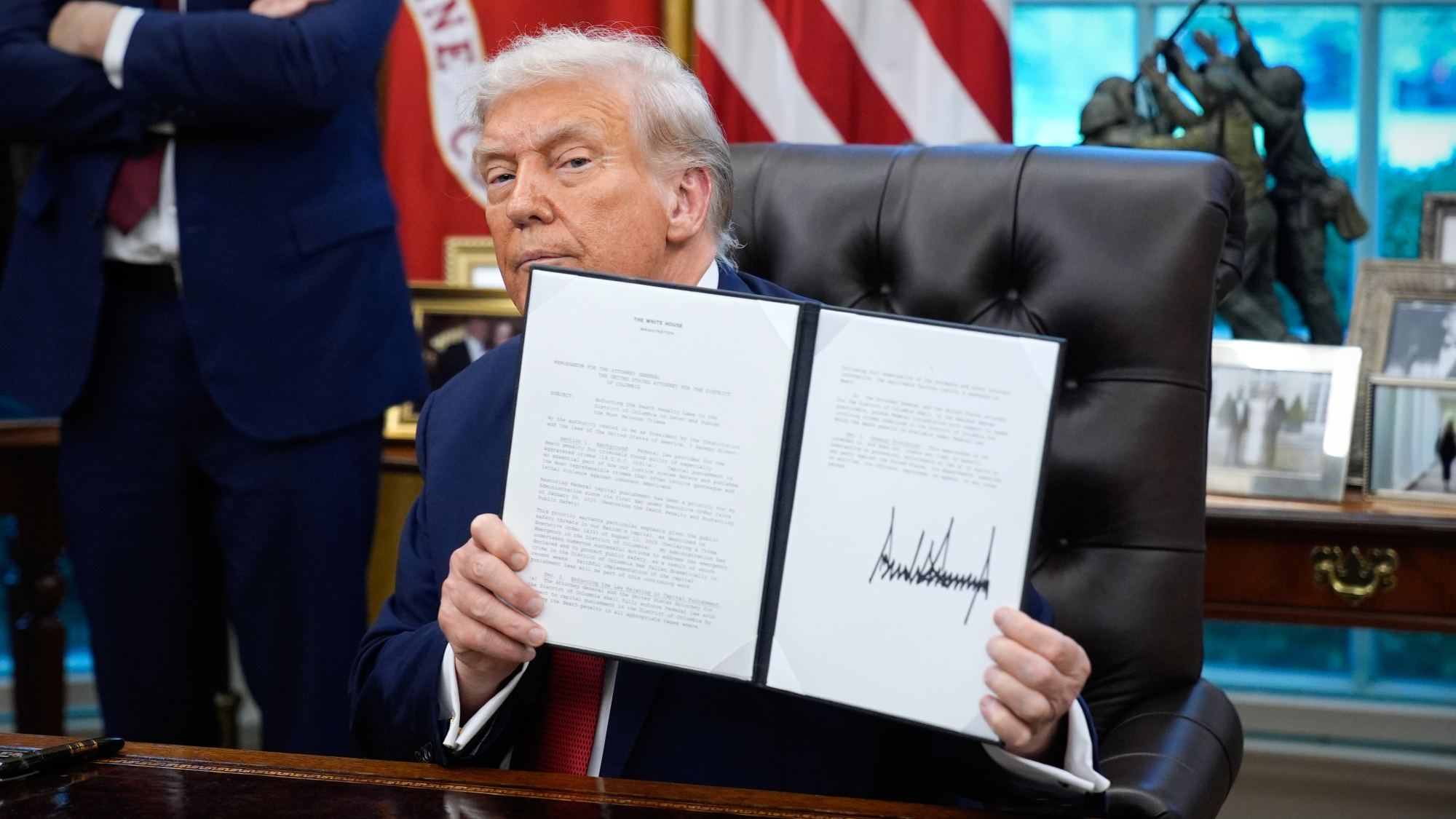 TikTok secures deal to remain in US
TikTok secures deal to remain in USSpeed Read ByteDance will form a US version of the popular video-sharing platform
-
 Unemployment rate ticks up amid fall job losses
Unemployment rate ticks up amid fall job lossesSpeed Read Data released by the Commerce Department indicates ‘one of the weakest American labor markets in years’
-
 US mints final penny after 232-year run
US mints final penny after 232-year runSpeed Read Production of the one-cent coin has ended
-
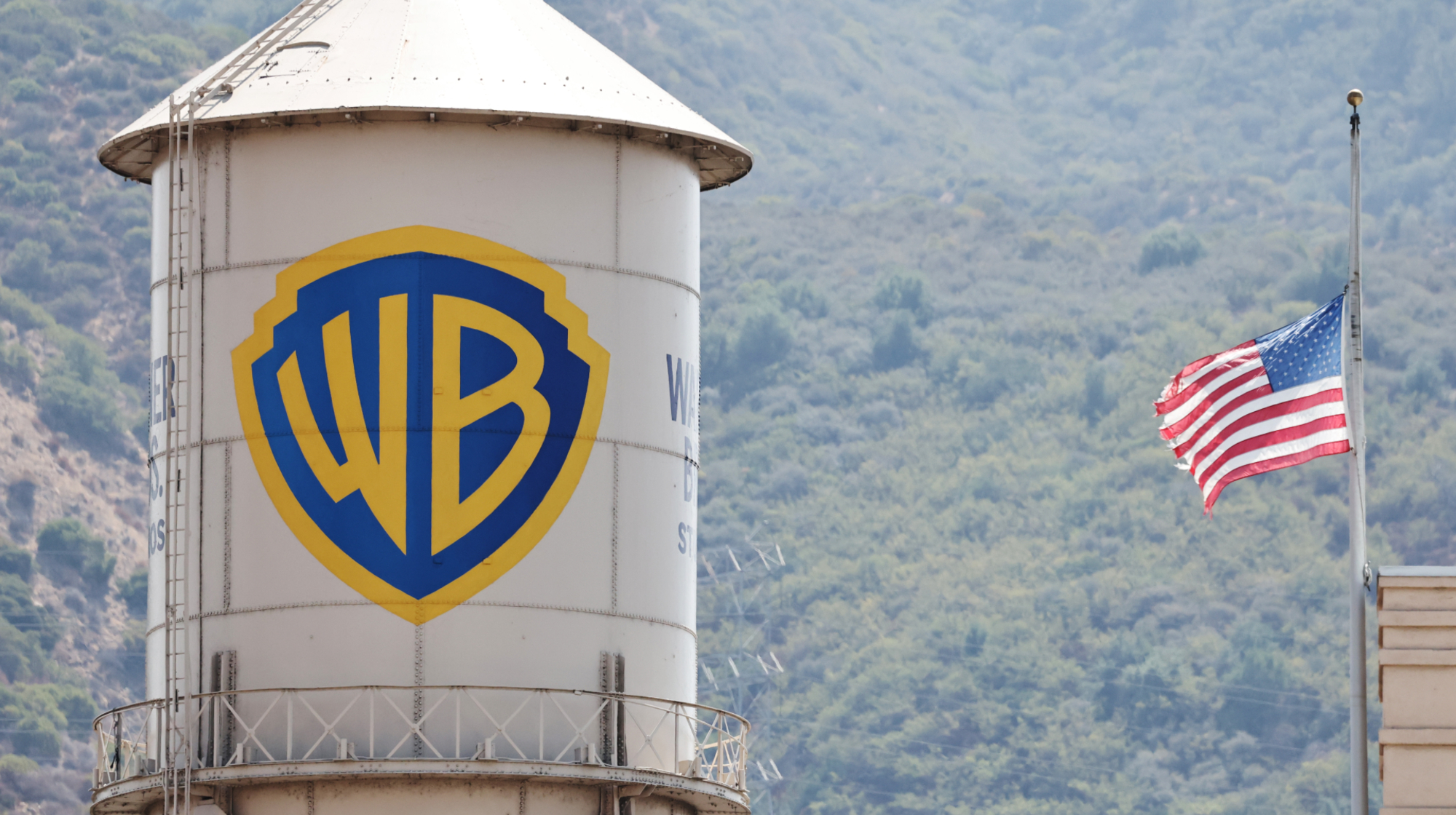 Warner Bros. explores sale amid Paramount bids
Warner Bros. explores sale amid Paramount bidsSpeed Read The media giant, home to HBO and DC Studios, has received interest from multiple buying parties
-
 Gold tops $4K per ounce, signaling financial unease
Gold tops $4K per ounce, signaling financial uneaseSpeed Read Investors are worried about President Donald Trump’s trade war
-
 Electronic Arts to go private in record $55B deal
Electronic Arts to go private in record $55B dealspeed read The video game giant is behind ‘The Sims’ and ‘Madden NFL’
-
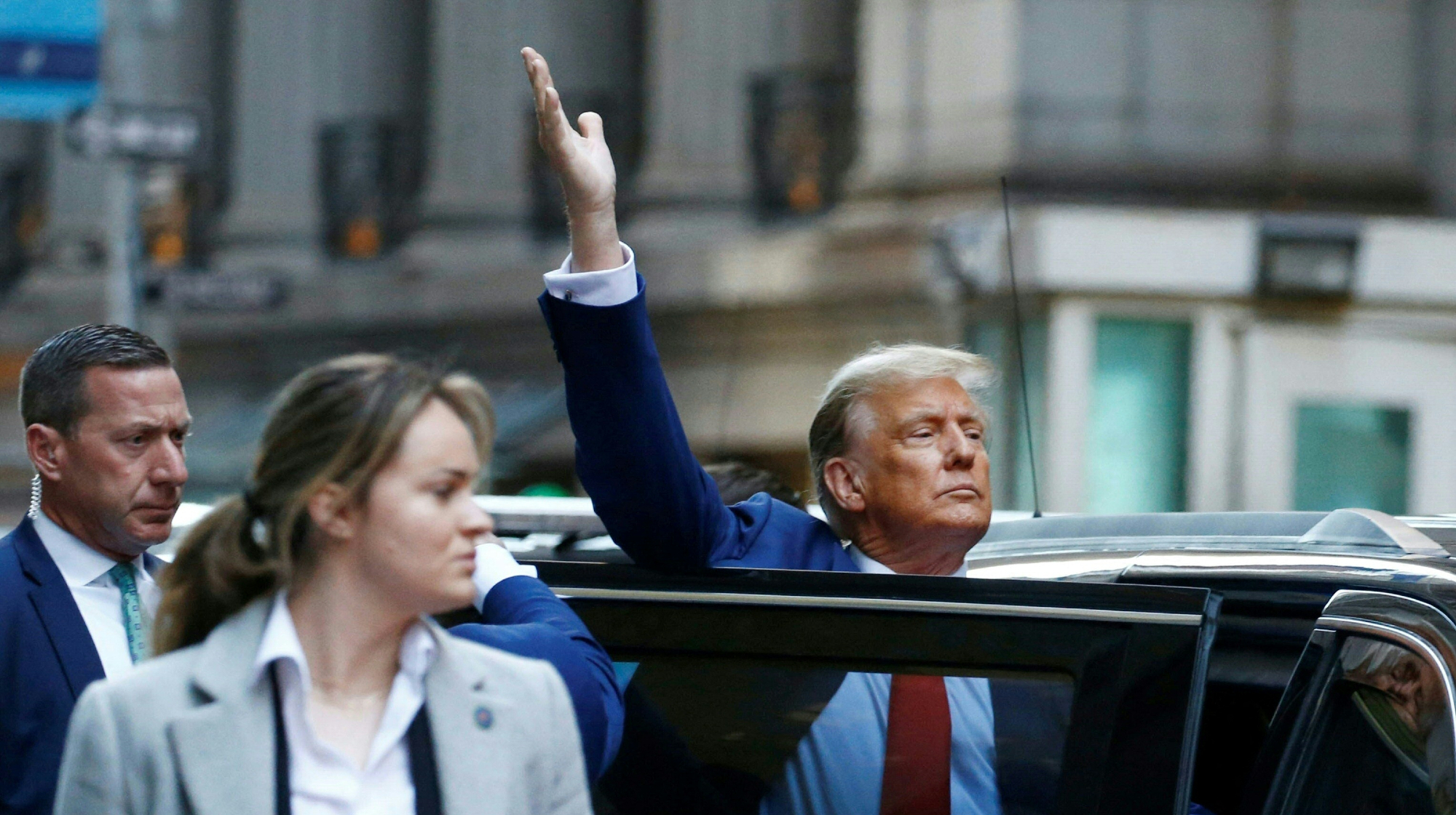 New York court tosses Trump's $500M fraud fine
New York court tosses Trump's $500M fraud fineSpeed Read A divided appeals court threw out a hefty penalty against President Trump for fraudulently inflating his wealth
-
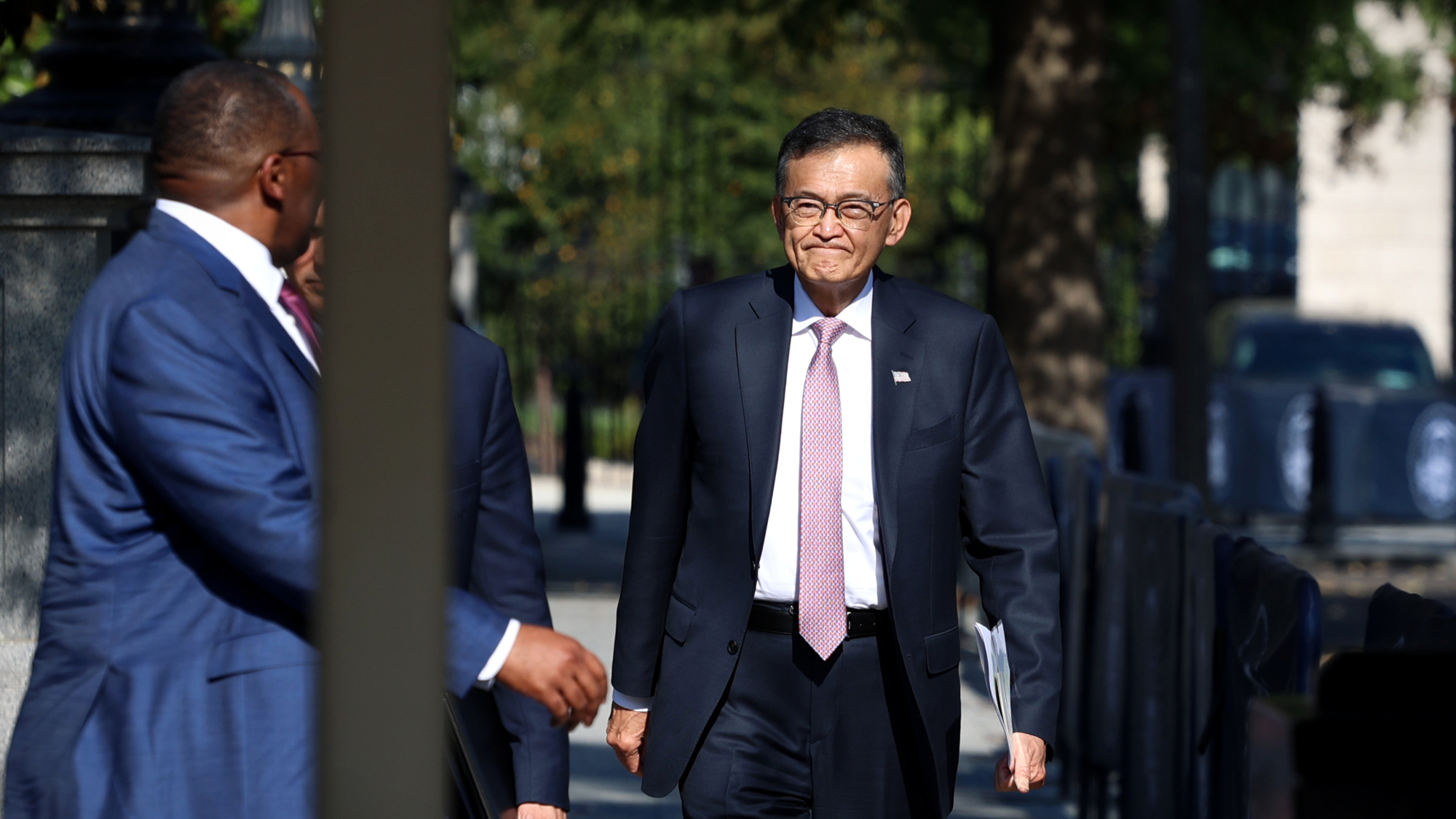 Trump said to seek government stake in Intel
Trump said to seek government stake in IntelSpeed Read The president and Intel CEO Lip-Bu Tan reportedly discussed the proposal at a recent meeting



